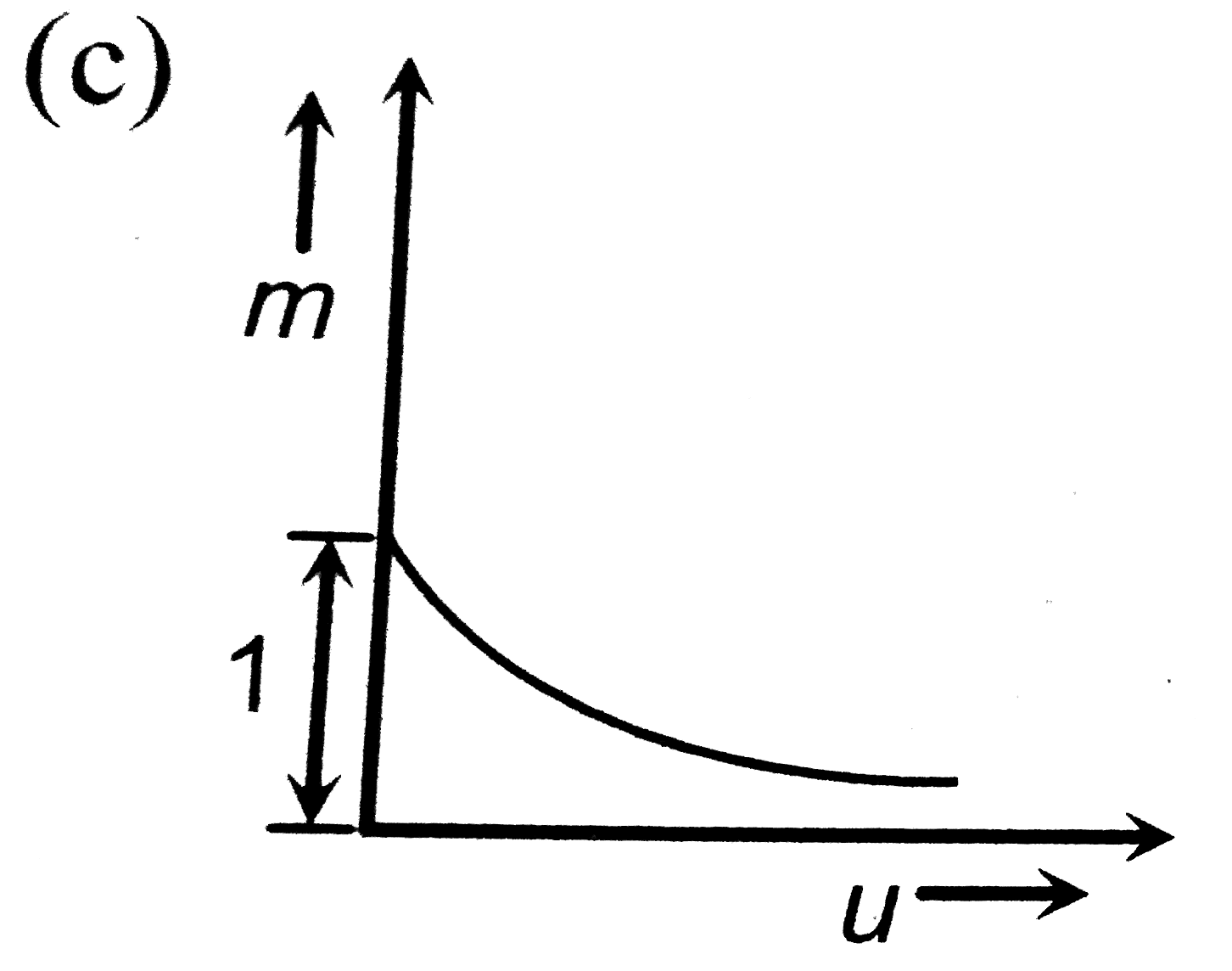A virtual image is formed by:
a slide projector in a cinema hall
the ordinary camera
a simple microscope
telescope
The correct Answer is:C
To answer the question "A virtual image is formed by:", we can analyze the information provided in the video transcript step by step.
1. Understanding Virtual Images:
- A virtual image is an image that cannot be projected onto a screen because the light rays do not actually converge at the location of the image. Instead, they appear to diverge from a point behind the mirror or lens.
2. Examples of Formation:
- The video mentions various optical devices such as a slide projector, ordinary camera, simple microscope, and telescope.
- It is important to note that a slide projector and an ordinary camera form real images, while a simple microscope and a telescope can form virtual images.
3. Simple Microscope:
- In the case of a simple microscope, the object is placed at the focal point of a concave lens. This setup causes the light rays to diverge, making the image appear upright and larger than the object. Hence, the image formed is virtual.
4. Conclusion:
- Based on the analysis, we conclude that a virtual image is formed by devices like a simple microscope, where the object is positioned in a way that the light rays diverge, creating an image that appears to be behind the lens.
Final Answer:
A virtual image is formed by a simple microscope.
- A virtual image is an image that cannot be projected onto a screen because the light rays do not actually converge at the location of the image. Instead, they appear to diverge from a point behind the mirror or lens.
- The video mentions various optical devices such as a slide projector, ordinary camera, simple microscope, and telescope.
- It is important to note that a slide projector and an ordinary camera form real images, while a simple microscope and a telescope can form virtual images.
- In the case of a simple microscope, the object is placed at the focal point of a concave lens. This setup causes the light rays to diverge, making the image appear upright and larger than the object. Hence, the image formed is virtual.
- Based on the analysis, we conclude that a virtual image is formed by devices like a simple microscope, where the object is positioned in a way that the light rays diverge, creating an image that appears to be behind the lens.
A virtual image is formed by a simple microscope.
Topper's Solved these Questions
- REFLECTION OF LIGHT, MULTIPLE REFLECTION AND HUMAN EYE AND ITS CAREBOOK - AGRAWAL EXAM CART BIHARCHAPTER - REFLECTION OF LIGHT, MULTIPLE REFLECTION AND HUMAN EYE AND ITS CAREEXERCISE - JNV PREVIOUS YEAR (2007-2020) QUESTIONS
30 Videos
- PRACTICE SET 03BOOK - AGRAWAL EXAM CART BIHARCHAPTER - PRACTICE SET 03EXERCISE - SECTION - IV (GENERAL SCIENCE)
34 Videos
- SOUND (LOUDNESS, PITCH, AUDIBLE AND INAUDIBLE SOUND) AND HUMAN EARSBOOK - AGRAWAL EXAM CART BIHARCHAPTER - SOUND (LOUDNESS, PITCH, AUDIBLE AND INAUDIBLE SOUND) AND HUMAN EARSEXERCISE - IMPORTANT QUESTIONS
80 Videos
Similar Questions
A small object is so placed in front of a convex lens of 5cm focal length that a virtual image is formed at a distance of 25 cm. Find the magnification.
View SolutionWhen an object is placed 60cm in front of a diverging lens, a virtual image is formed 20cm from the lens. The lens is made of a refractive index μ=1.65 and its two spherical surfaces have the same radius of curvature. What is the value of this radius?
View Solution
Knowledge Check
An object infront of a concave mirror of focal length f. A virtual image is formed with a magnification of 2. To obtain a real image of same magnification the object has to be moved by a distance
AfBf/2C3f/2D2f/3For a concave mirrorr, if virtual image is formed, the graph between m and u is of the form
A B
B C
C D
D
When an object is placed 15cm from a lens, a virtual image is formed. Mark the correct statements.
AThe lens may be convex or concaveBIf the lens is diverging, the image distance has to be less than 15cmCIf the lens is converging, then its focal length has to be greater than 15cmDAll of the above
An object is placed in front of a concave mirror. It is observed that a virtual image is formed. Draw the ray diagram to show the image formation and hence derive the morror equation 1f=1u+1v.
(b) An object is placed 30 cm is front of a plano-convex lens with its spherical surface of radius of curvature 20cm. If the refractive index of the material of the lens 1.5, find the position and nature of the image formed.
View SolutionWhen an object is at distances x and y from a lens, a real image and a virtual image is formed respectively having same magnification. The focal length of the lens is
View SolutionWhen an object is placed 40cm from a diverging lens, its virtual image is formed 20cm from the lens. The focal length and power of lens are
View SolutionA student wants to project the image of a candle flame on the walls of the school laboratory by using a mirror.
. A virtual image formed by concave mirror is:
View SolutionWhen an object is at a distance u1 and u2 from the optical centre of a lens, a real and virtual image are formed respectively, with the same magnification.The focal length of lens is:
View Solution
